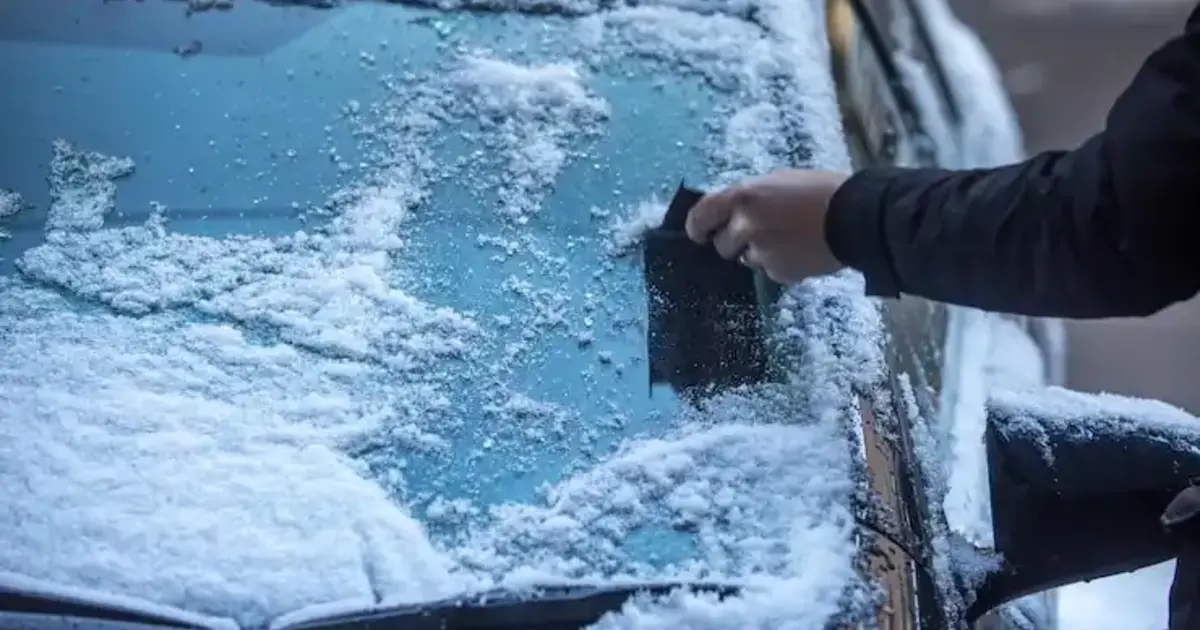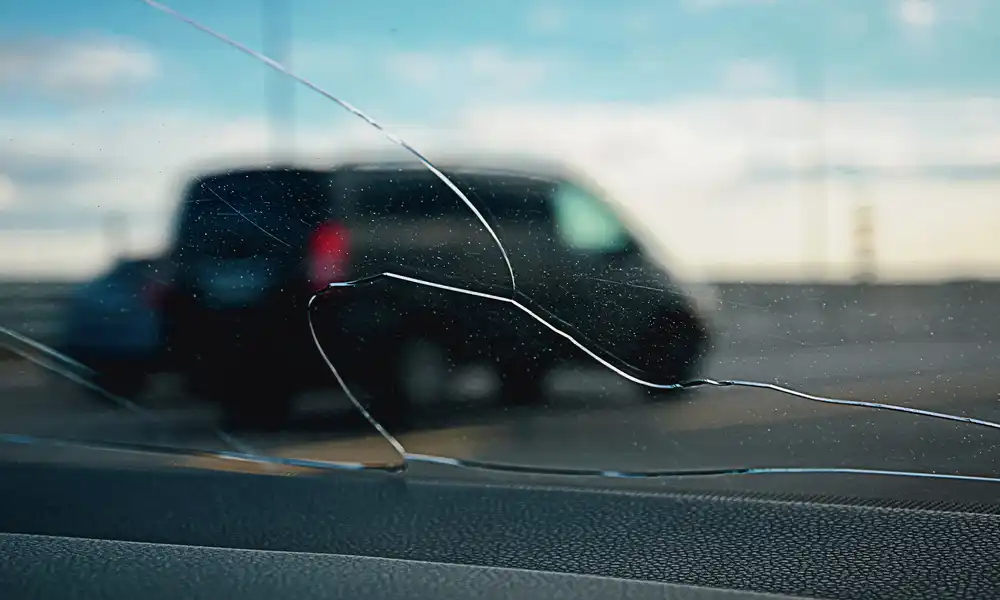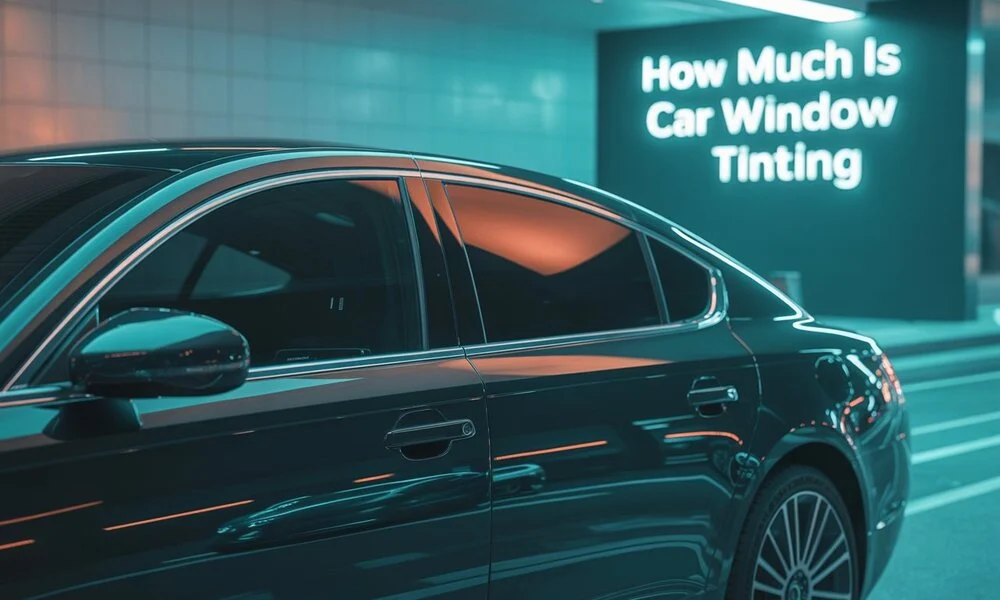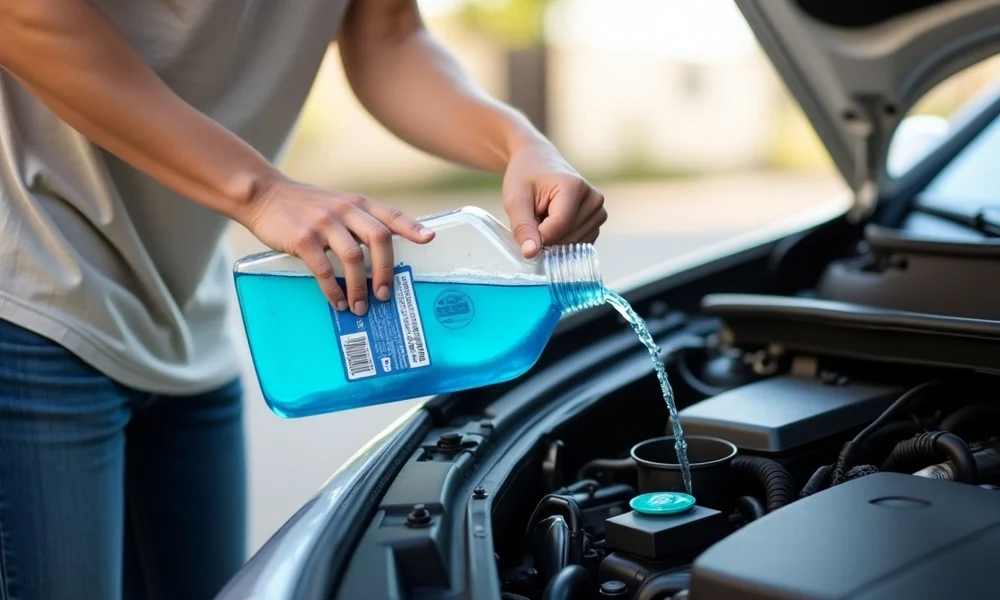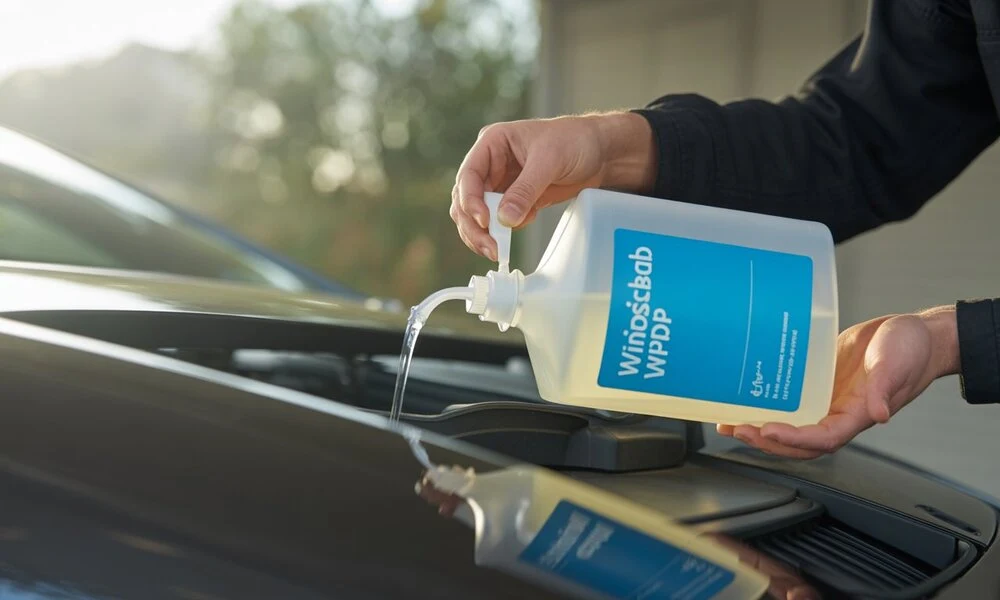How to get sap off windshield is a common concern for car owners, especially during spring and summer when trees are actively shedding. Tree sap may seem harmless at first, but it quickly hardens, becomes sticky, and can damage both your auto glass and paint if not treated properly. When it comes to windshield sap removal, timing and method matter. Many people try to remove sap from windshield surfaces using random household products, but not all solutions are safe or effective. In this guide, you’ll learn why sap is tough to clean, what products to avoid, and the easiest and safest way to get a spotless windshield again—without scratching the glass or leaving behind residue.
Why It’s Hard to Remove Tree Sap from Glass and Paint
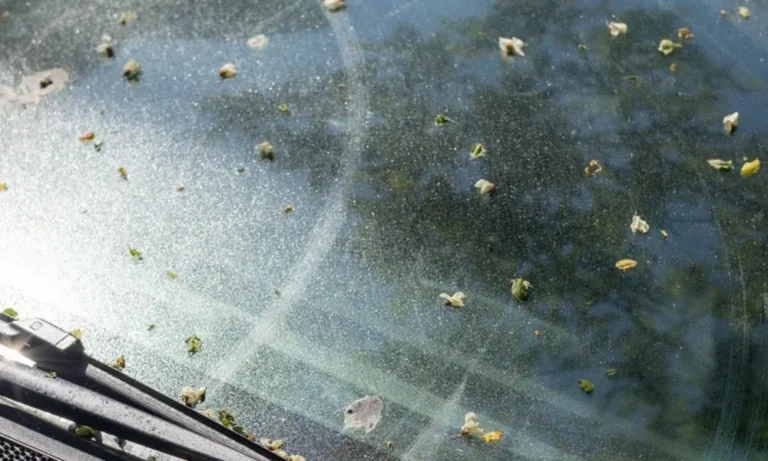
Tree sap might seem harmless at first, but once it lands on your car, especially your windshield or paint, it becomes a sticky and stubborn issue. Let’s break down why tree sap on windshield glass or car paint is so difficult to remove and what you can do about it.
How Sap Bonds to Car Surfaces
Tree sap is a thick, organic substance made up of sugars and other natural compounds. When it falls onto your car, it doesn’t just sit on the surface—it begins to chemically bond with the material underneath.
- On paint, sap seeps into the clear coat layer. Over time, it starts to eat through the finish, causing etching and staining.
- On glass, especially your windshield, it hardens fast but can still form a strong grip on the surface, making windshield sap removal frustrating and time-consuming.
Sap functions as a natural glue in both situations. It adheres more firmly the longer it remains.
Differences Between Cleaning Glass and Paint
Removing sap from glass and paint requires different approaches:
- Glass (Windshield): Since it’s non-porous, the sap doesn’t soak in. However, it still forms a tight, sticky bond. You can use glass-safe sap removers, isopropyl alcohol, or a razor blade with caution for tree sap on windshield surfaces.
- Paint: Paint is more delicate. You can’t just scrape it off—doing so risks scratching or dulling the finish. Specialized automotive sap removers and microfiber towels are safer options here.
Cleaning sap from glass may seem easier, but improper removal techniques on your windshield can lead to scratching or streaks, which impact visibility and safety.
Effects of Sun and Time on Sap Hardening
Time and sunlight make things worse. When sap sits on your vehicle under direct sunlight:
- It hardens faster, forming a thick crust that’s harder to remove.
- UV exposure can cause sap to bake into the paint or fuse with glass, increasing the risk of damage.
- Older sap becomes almost like superglue—it flakes poorly and leaves behind sticky residue even after scraping.
You can How To Repair Chipped Windshield.
What Not to Use to Clean Tree Sap from the Auto Glass and Paint
When dealing with tree sap on windshield glass or your car’s paint, the wrong tools and cleaners can do more harm than good. It’s tempting to try harsh scrubbing or strong chemicals, but these shortcuts can permanently damage your vehicle.
Avoid Harsh Scrapers and Razor Blades
Using razor blades or metal scrapers for windshield sap removal might seem like a quick fix, especially for hardened sap. But here’s why it’s risky:
- On auto glass, a razor can leave fine scratches or scuffs, especially if not used at the right angle or with lubrication.
- On paint, scraping is a big no. It can peel off the clear coat or leave swirl marks that ruin your car’s finish.
Plastic tools may be safer, but even they should be used gently and with proper cleaning solutions.
Risks of Using Acetone or Industrial Solvents
Acetone, paint thinners, and other strong chemicals are often recommended online—but they’re unsafe for both glass and painted surfaces:
- On paint, acetone can strip the protective clear coat and dull the color underneath.
- On glass, these solvents can leave behind residue or clouding, affecting visibility.
Instead of harsh chemicals, choose products specifically designed for windshield sap removal, such as automotive glass cleaners or alcohol-based solutions.
Why DIY Hacks Can Damage Paint or Glass Clarity
Popular home remedies like using WD-40, cooking oil, or hot water aren’t ideal for removing tree sap on windshield or paint. Here’s why:
- Oils can smear across the windshield, making the glass hazy and difficult to clean afterward.
- Hot water might cause thermal shock, especially if the glass is cool, which could lead to cracks.
- Random home ingredients often leave streaks or film, affecting visibility and shine.
DIY hacks may seem cheap and easy, but they often make the problem worse or create new ones.
Safe Solution? Call the Pros.
At Texas Reliable Auto Glass, we handle windshield sap removal the right way—with professional-grade tools and techniques that protect both your visibility and your vehicle’s finish. If you’re dealing with tree sap on windshield glass or any auto surface, trust us to clean it safely and effectively.
You can also read about What Are The Black Dots On My Windshield.
Does Windex, WD-40, or Dawn Dish Soap Remove Tree Sap from a Windshield?
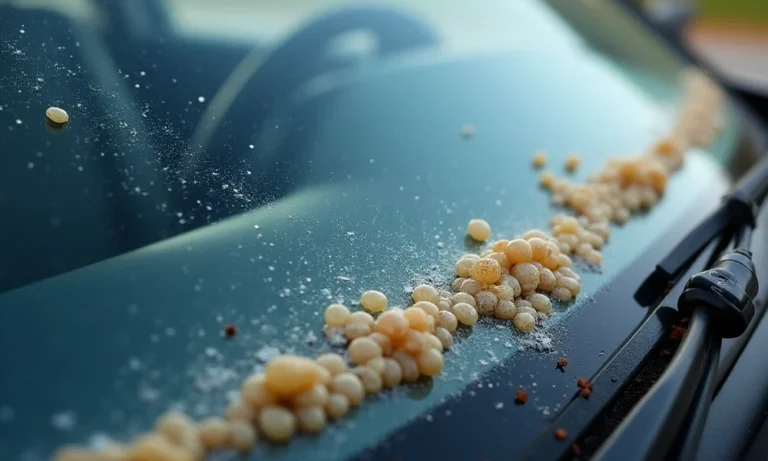
If you’re trying to remove tree sap from windshield glass, you’ve probably considered using whatever’s already under your sink—like Windex, WD-40, or Dawn dish soap. While these products can help to some extent, none are perfect solutions on their own. Here’s how they compare—and what to be careful of.
Performance Comparison of Each Cleaner
- Windex
Windex is great for everyday smudges and light dirt, but it’s not strong enough to dissolve hardened tree sap. It may help loosen fresh sap slightly, but you’ll likely still need a stronger cleaner or tool for full removal. - WD-40
WD-40 is more effective. It works by breaking down the sticky bonds in tree sap, making it easier to wipe off. It’s especially useful for older or dried sap, but you’ll need to clean the windshield afterward to remove the oily residue it leaves behind. - Dawn Dish Soap
Dawn is a solid option for fresh sap, especially when mixed with warm water. It can help soften the sap and make it easier to wipe away with a microfiber towel. However, it’s not ideal for sap that’s been baked onto the windshield for days.
Which One Works Best (and When)
- For fresh sap, start with Dawn dish soap and warm water.
- For stubborn or dried sap, WD-40 is more effective at softening and loosening the residue.
- Use Windex only as a follow-up cleaner to restore glass clarity—not for sap removal itself.
If your goal is a streak-free finish and no damage to the windshield, use these products cautiously and always rinse thoroughly.
Limitations and Risks of Using Household Products
- WD-40 can leave a greasy film that reduces visibility if not wiped clean.
- Dawn, while gentle, won’t do much for hardened sap without a lot of scrubbing.
- Windex may look effective but doesn’t actually lift sap and may cause you to use too much elbow grease—risking scratches.
These products are only short-term fixes. To fully remove tree sap from windshield glass without streaks or damage, a professional glass-safe solvent is your best bet.
How to Get Sap Off Windshield in 5 Easy Steps
Got tree sap on windshield glass? Don’t panic. Sap may look stubborn, but with the right steps, you can get rid of it without scratching your glass or damaging the trim. This method is safe for both auto glass and the surrounding trim, making it perfect for a quick, effective clean at home.
Follow these 5 simple steps to safely remove sap from windshield surfaces.
Step 1: Soften the Sap with Warm Water or Isopropyl Alcohol
Start by soaking a clean cloth with warm water or rubbing alcohol (70% isopropyl alcohol). Press it gently over the sap for about 30 seconds to 1 minute. This helps break down the sticky bonds and loosens the sap from the glass.
Tip: Don’t use boiling water—it can shock the glass, especially in cooler weather.
Step 2: Use a Microfiber Cloth or Soft Sponge
Choose a microfiber towel or soft sponge—avoid rough materials that can scratch your windshield. Gently wipe the sap-soaked area after it’s been softened.
Step 3: Apply Gentle Pressure and Circular Motion
Use light pressure and move in small circles to lift the sap. If the sap is thick or baked on, you may need to repeat the soaking and wiping steps a few times. Never use razors or scrapers—those can damage the glass or trim.
Step 4: Rinse with Clean Water
Once the sap is removed, rinse the area with clean water to remove any alcohol, residue, or loosened debris. This prevents streaking and avoids potential damage to wiper blades.
Step 5: Apply Glass Cleaner for a Streak-Free Finish
Finish by spraying a high-quality automotive glass cleaner and wiping the area with a fresh microfiber cloth. This leaves your windshield crystal clear and restores full visibility.
Tips to Prevent Tree Sap on Windshields
Preventing tree sap on windshield glass is easier than dealing with it later. Here are a few quick tips to help avoid sap buildup:
1. Park Smart: Avoid Trees
Whenever possible, park away from trees or under covered parking. Trees, especially pines and maples, are major culprits for dripping sap onto your windshield.
2. Use a Windshield or Full Car Cover
Car covers or windshield shades protect your glass from sap, dirt, and weather elements. This is especially helpful if you park outside often.
3. Apply a Protective Coating
A hydrophobic coating or sealant can help prevent sap from sticking. It makes cleaning easier and protects your glass from environmental damage.
When to Call a Professional Auto Glass Cleaner
While DIY methods can work for light sap removal, there are times when it’s best to call a professional. If you have excessive sap buildup that won’t come off with regular cleaning, or if DIY methods fail to remove the sap completely, it’s time to seek expert help. Additionally, if you’re concerned about etching or permanent marks on your windshield or paint from scrubbing too hard, it’s safer to let professionals handle it. At Texas Reliable Auto Glass, we have the right tools and expertise to remove sap without causing any damage to your car. Don’t risk permanent damage contact us today for professional tree sap on windshield cleaning!
FAQs
How Do I Remove Sap From My Windshield Without Damaging It?
To safely remove sap from your windshield, soften the sap first using warm water or isopropyl alcohol. Then, use a microfiber cloth or soft sponge to gently wipe the area in a circular motion. Always avoid using harsh scrapers or razor blades to prevent scratching the glass.
Can I Use Windex To Remove Tree Sap From My Windshield?
Windex is not ideal for removing tree sap from windshields. While it’s effective for cleaning smudges and dirt, it doesn’t break down sap effectively. Instead, try using isopropyl alcohol or a specialized sap remover for best results.
How Do I Remove Hardened Tree Sap From My Windshield?
To tackle hardened tree sap, apply a cloth soaked in warm water or isopropyl alcohol directly on the sap and let it sit for 1-2 minutes. This will soften the sap, making it easier to wipe off with a microfiber cloth or soft sponge.
Can Tree Sap Damage My Windshield?
Yes, if left on for an extended period, tree sap on your windshield can harden and cause permanent damage, including scratches or etching. It’s best to remove sap as soon as possible to avoid this risk.
What Should I Do If Diy Methods Don’t Work For Removing Sap?
If DIY methods fail, or if you’re worried about damaging your windshield, it’s best to call a professional like Texas Reliable Auto Glass. We have the tools and expertise to safely and effectively remove sap without harming your car’s surface.


